Gel stain or regular stain?
Bunny
10 years ago
Featured Answer
Comments (32)
nosoccermom
10 years agoapinksweater
10 years agoRelated Discussions
Would my kitchen be too dark if I gel stained my oak?
Comments (15)Sorry to bring up an old post - i'm hoping the OP is still around - my wife and I are looking to refinish our cabinets using this gel stain. It appears your cabinets are the exact same color and construction as ours. Our concern is even though the front fascia and doors appear to be real wood, the sides are laminate paper. Were your cabinets the same way? If so, did you notice a difference in finish color between the laminate and wood? How many coats did you apply? I took an old bool shelf which is the same color as the sides of our cabinets with laminate paper over particle board and when I went to stain it with General Finishes brown mahogany, it came out way way lighter then your door picture above which I assume is real wood. With the attached picture, each quarter in the test piece is a different sand paper grit. Top right is 600, Top Left is 400, Bottom left is 320 and bottom right is 150 grit. The more course, the darker it was we found. I personally like the 400 grit sample, but i'm afraid the doors and fronts won't match once stained. Hoping you can provide some advice! This post was edited by adgjqetuo on Mon, Jan 12, 15 at 15:00...See MoreGel stain or regular stain for desk?
Comments (20)bobsmyuncle, you got me. Not sure what piece is missing for you. The bottom line is I want to give this desk a new finish, a new look, a better wood tone. I don't care if the grain shows and it still looks like oak. I'm aiming for a rich mahogany, not a dark java. This is not a set of kitchen cabinets that commands and defines the room, not even a bathroom vanity. It's a little desk in a cluttered office that I want to have a more pleasing color. My prior experience in refinishing wood has been with strip/sand/stain/poly. I'm now sitting at my kitchen table (maple or cherry, still undecided) that I refinished in a hurry 33 years ago and it will surely outlive me. Still looks good. So I still have a bit of a sanding mentality. As for the Sharpie marks. I did try denatured alcohol and it had no effect. They're close to the front of the desk top and visible enough that I wanted to remove them. Sanding was the only thing that did that. What's done is done. Remember, I'm *not* planning to put on so much gel stain that everything beneath it is obscured. The surface of the wood was rough in places. God knows what got spilled on this desk over the past 25 years. Mostly I've used a sanding sponge and that has smoothed everything out. On the top, some of the stain/finish has been gone long before I did any sanding, so let's call it the condition in which I found it. I do understand that gel stain goes over old stain/finish. My only concern is uneven color on the original, i.e., will gel stain be able to even out the uneven color? I suspect it will as I can apply a little more to those areas. I am somewhat confused by something handymac said. If I sand the old finish off (which I have only done in the Sharpie zone) I won't get it out of the grain, therefore the new stain won't stain. If that's the case, and people typically don't remove any of the stain when they use this product, how is it working at all for them?...See MoreStaining kitchen and bath cabinets - gel or real stain?
Comments (4)Thanks - so if you sand unevenly even slightly will the amount that soaks in (or not soaks in) cause uneven staining? Seems like it would, so then the difference in prep work would be just roughing up the surface for gel and sanding down to bare wood for stain perhaps? These are the cabinets we're thinking about doing - same ones in all bathrooms too - so we would start on one of those first to test it out. Yes that bathroom is hideous - we are just buying this house and will fix it up....See MoreWindow trim - gel stain or normal stain?
Comments (4)Thank you both. The stained trim in behind is original. Would using a gel stain vs a normal stain be preferred with regard to having the least impact on the original trim?...See Morenosoccermom
10 years agogpraceman55
10 years agoElraes Miller
10 years agoBunny
10 years agogpraceman55
10 years agogpraceman55
10 years agoBunny
10 years agogpraceman55
10 years agoBunny
10 years agoGracie
10 years agoBunny
10 years agomomfromthenorth
10 years agoBunny
10 years agoellendi
10 years agonosoccermom
10 years agomomfromthenorth
10 years agoBunny
10 years agomomfromthenorth
10 years agolazy_gardens
10 years agoBunny
10 years agonosoccermom
10 years agoBunny
10 years agonosoccermom
10 years agoBunny
10 years agoBunny
10 years agonosoccermom
10 years agosixtyohno
10 years agoBunny
10 years agoBunny
10 years ago
Related Stories

HOUSEKEEPINGHow to Clean Grout — Stains and All
If your grout is grossing you out, this deep-cleaning method will help it look new again
Full Story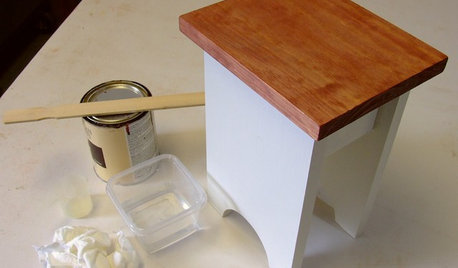
DIY PROJECTSCool Tip: Mimic Stain With a DIY Color Wash
Get the look of an oil-based stain without all the bother, using this easy wash made with paint
Full Story
WINDOWSFlying Colors: Stained Glass Through the Ages to Today
Ancient palaces sported it. Monks were distracted by it. But today's stained glass designs may be more glorious than ever
Full Story
HOUSEKEEPINGOut, Darn Spot! Tips for Removing Carpet Stains
Know the right solutions and when to use them to prevent stains from pets, soda, chocolate, blood and more
Full Story
HOUSEKEEPINGDon't Touch Another Stain Before You Read This
Even an innocent swipe with water may cause permanent damage. Here's what to know about how rugs and fabrics react
Full Story
KITCHEN CABINETSKitchen Cabinet Color: Should You Paint or Stain?
Learn about durability, looks, cost and more for wooden cabinet finishes to make the right choice for your kitchen
Full Story
HOUSEKEEPINGHow to Clean and Care for Your Mattress
See what the experts recommend to protect your mattress from dust, moisture and stains
Full Story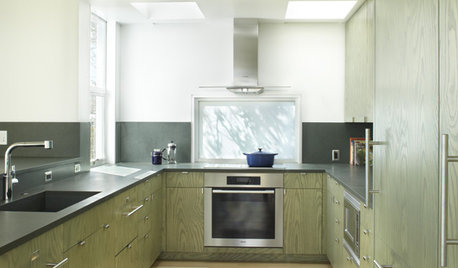
REMODELING GUIDESPro Finishing Secret: Aniline Dye for Wood
Deeper and richer than any stain, aniline dye gives wood stunningly deep color and a long-lasting finish
Full Story
GREAT HOME PROJECTSHow to Refinish a Wood Deck
Keep your deck looking its best — and save feet from splinters — by applying a new stain and sealant every year or so
Full Story
KITCHEN DESIGNKitchen Counters: Durable, Easy-Clean Soapstone
Give bacteria the boot and say sayonara to stains with this long-lasting material that's a great choice for kitchen and bath countertops
Full Story


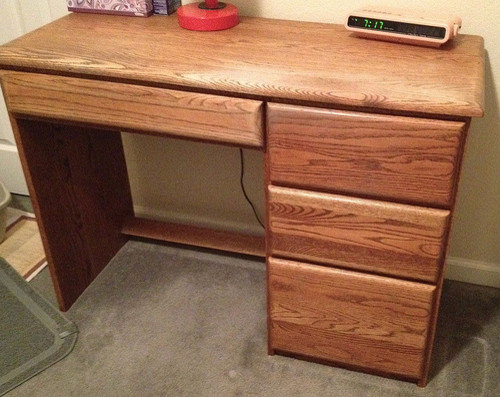
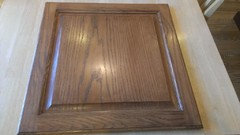




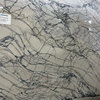
BunnyOriginal Author